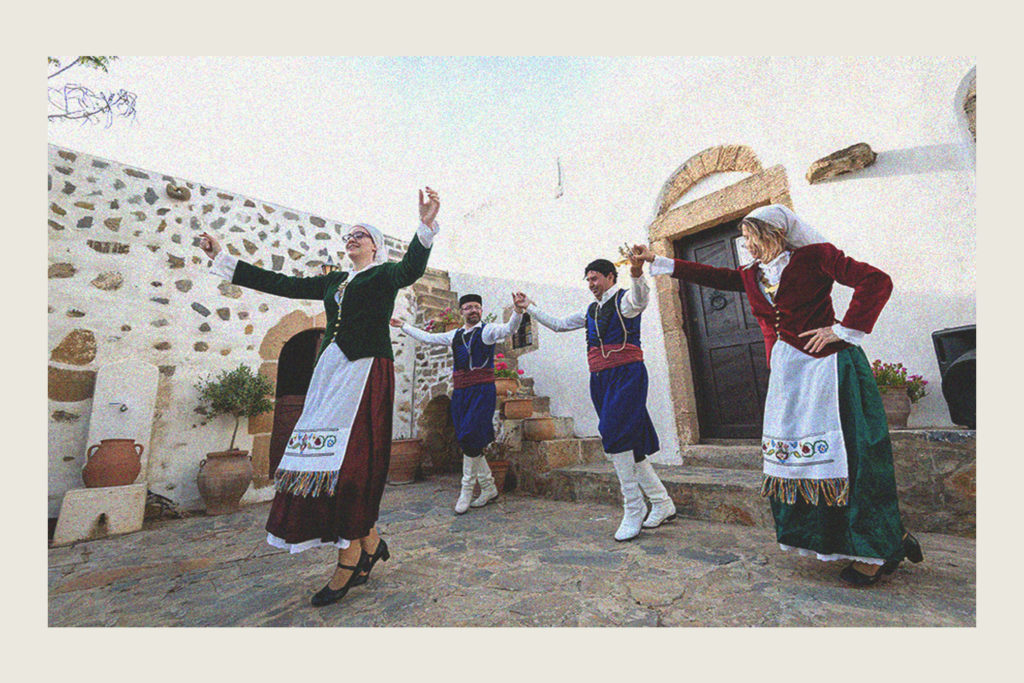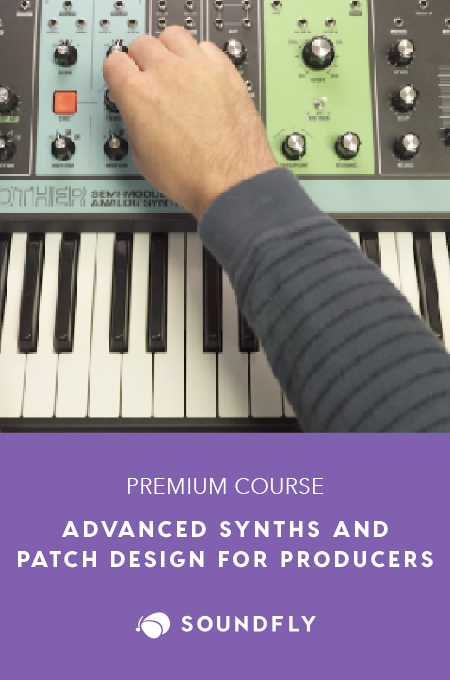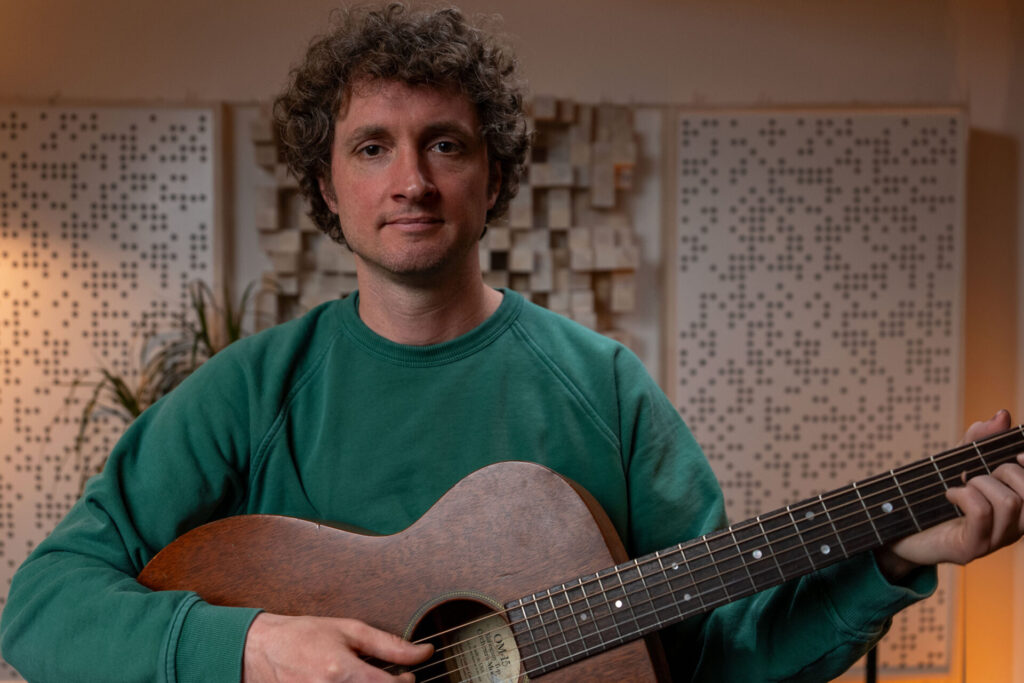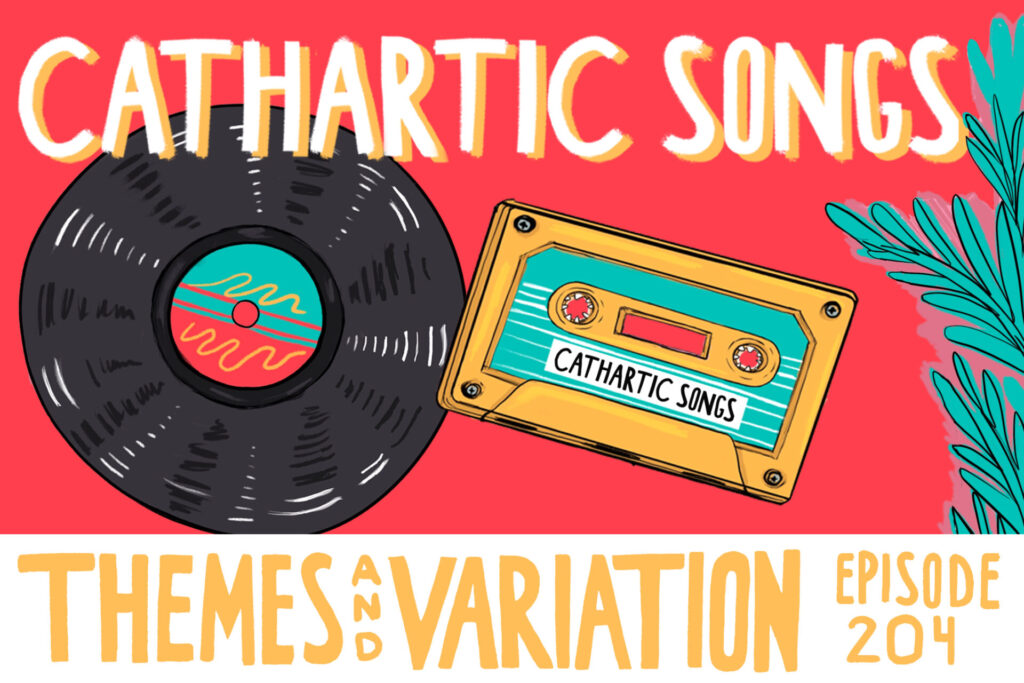
+ Ryan Lott (of Son Lux) teaches how to build custom virtual instruments for sound design and scoring in Soundfly’s new course, Designing Sample-Based Instruments.
“If you can count, you can dance,” says dance instructor, Nick Gregory.
According to Gregory, along with willingness, counting is the only criteria necessary to get up and get going!
You may be intimidated by learning to play music; you may want to learn to read sheet music but all you see is a ton of notes on a page; maybe you doubt yourself and are having a hard time keeping up with other musicians who you perceive as more talented than you and wonder what it is that makes them so good; maybe you’ve always wanted to learn an instrument but your fingers can’t seem to make the chords work.
If any of these scenarios are accurate, I highly recommend Greek dancing!
Hear me out.
If you have ever been to a Greek wedding, chances are you have participated in the highly collaborative, ritualistic art form that is Greek dance. Greek dancing is generally done in a group setting. Participants hold hands and dance together in a circle. It is not unusual to see every wedding guest participating together at once, with nobody sitting on the sidelines watching. Even if you happen to feel apprehensive about joining in, chances are somebody will come up to you, pull you out of your seat and insist that you follow them to the circle!
Whether you are Greek, non-Greek, experienced or have never danced in your life (let alone participated musically), you are welcome to join in on the dance floor. If you are willing to learn and enjoy yourself, you’re invited to participate.
The dancing can go on for hours; during which the participant gets into the flow of the music and lost in the collaborative spirit. But what is it that draws people into the sensation of the music, to the point where they are not thinking with their inhibitions but feeling the steps and the rhythm?
The first thing to notice, whether you know the steps or not, is the emphasis on repetition. The rhythm in Greek music is often consistent and repetitive. What new dancers will likely pick up on is the accentuated beat, normally emphasized on the first beat of the measure. The steps are precise and do not come until you have learned them, but this “one” is always accented, so even if you lose your way the dance troupe will continue until you find it again.
In the case of the popular wedding dance Kalamatiano, just look for that heavy-footed first step to the right! This is the most well-known Greek dance and one you will almost always see at Greek weddings due to its lively, celebratory quality. There are twelve steps which repeat, and with the other dancers continuing around you even if you make a mistake, it is one of the easiest Greek dances to follow.
The rhythmic pattern is: slow, quick quick slow, quick quick slow, quick quick slow, quick quick (repeat). Check out the below tutorial.
As you find yourself immersed in the flow of the rhythm, comprehension of the steps becomes easier. Because of the focus on repetition, there are plenty of participants with a lifetime of experience who are fully engaged in the dance and know the steps perfectly, and yet for whom the 7/8-time signature has little to no meaning. 7/8 on sheet music may look and sound complicated, but as you participate in the heart of the dance, counting steps as you go along, you see that 7/8 is easier to grasp than you may have realized!
This is because musical muscle memory takes center stage over conscious thought.
There is a linear process in teaching Greek dancing that Nick Gregory elaborates on. Though there are hundreds of dances played in a vast variety of tempos and with a plethora of instruments, there is a consistency which makes learning new dances more natural. The consistency is not in grasping the time signature, but the rhythms which repeat.
Repetition creates room for more complex rhythmic patterns as well as more intricate dance steps. This is where experience creates the space for the dancers, and the musicians, to shine. If you watch videos of the musicians and the dancers together, you see that the steps of the dance follow the nuances of the music. The dancers and the musicians are working off one another, emphasizing the same eighth and sixteenth notes at the same time.
The region of Epirus is in northern Greece and borders Western Macedonia and Thessaly. A well-known dance from this region is known as Syrto Sta Dyo (Two-Step). In the dance there are six steps which repeat. Here is a tutorial.
Though this dance is in 4/4, rather than 7/8, the consistency alongside Kalamatiano is the repetition of the music. This repetition leaves room for great athleticism, particularly from the male dancers. Take a listen: notice how as the piece progresses; the dancers utilize speed, intricacy, and physical dexterity. But despite the complexity of the steps they are performing, the participants always come back to the anchor, which is the repetitive rhythm.
As one gets deeper into the myriad songs, costumes, dances, and instrumentation which make up the whole of Greek dance, one sees that there are a vast range of cultural influences, so much so that each region of Greece has its own culture and art forms. For example, there are instruments and cultural influences specific to Greek islands that are different from those of the Greek mainland.
While Epirus is part of the mainland of Greece and is strongly influenced by Macedonian culture, the music of the island of Cephalonia has strong Italian roots, which you can explicitly see in the style of costumes worn by the dancers. One can see the difference in the instrumentation as well; Syrto Sta Dyo from Epirus is played on clarinet and a defi or dahare (types of hand drums) while Ballos from Cephalonia is played with a violin and a laouto (akin to a guitar).
But again, you will find the strong emphasis on rhythmic repetition as the backbone of the music and what the dancers are doing. The Ballos is a couples’ dance popularized on the island of Cephalonia. Similarly, to Kalamatiano, it is in 7/8 time and even though the steps are complex and intricate, one can again see the logical progression of repetition. Here is an example.
Again, we see the heavy-footed accent at the beginning of each measure. This dance and the music which accompanies it even display a more advanced level of music theory; there is a change from major to minor and the dance steps map this key change out for you. During the beginning of the piece in the major key, the steps of all the dancers are energetic, while during the minor key section of the piece, the dancers in the outside circle slow down as the dancing in the center is more accentuated.
This dance tells a courtship story. Here you see how carefully crafted and theatrical Greek dance can be, from the costumes to the high energy of the music and even the intentional progression of the steps themselves. As the male dancers display strong athleticism — to which the female dancers respond flirtatiously — we see that the dance itself paints a picture of courtship.
An interesting side note: much of the music of J.S. Bach was specifically composed as accompaniment to dance. His “Musette in D Major” is one such example. A musette was a type of dance popular in the 1600s. It is fascinating to me that Bach’s music, which is the mathematical template for much of classical music training, is actually meant to accompany dance!
If we move to another region of Greece, the region of Pontos, there is a traditional dance known as Serra. Here again, a different time signature which is 7/16 is introduced.
In the previous dances mentioned, the fundamental steps happen primarily in the lower body, while in this dance the emphasis is on both lower and upper body movement. There is a balancing act going on here between the lower and upper body, one which takes a tremendous amount of precision and coordination.
In learning this dance there are parallels here to the process of learning piano, where one learns to balance and coordinate your right and left hand. As you balance different parts of your body, you are also balancing your brain, which promotes mental dexterity and can prevent memory loss, especially later in life.
Throughout Greece’s many regions, there is a variety of instruments from all over the world, rhythmic patterns, dances, traditional costumes, and linguistic dialects, so much so that the ones listed in this article are only the tip of the iceberg. The range of influences are so broad that the participant can hear music from one region and think “this sounds like Irish music,” and from another region and think “this sounds like Egyptian music.”
Perhaps this tremendous cultural diversity is why so many people globally are drawn to Greek dance. According to Gregory, “Greek dance is meant to be shared and enjoyed.”
Don’t stop here!
Continue learning with hundreds of lessons on songwriting, mixing, recording and production, composing, beat making, and more on Soundfly, with in-depth artist-led courses by Kimbra, Com Truise, Jlin, Kiefer, and the newly released Ryan Lott: Designing Sample-Based Instruments.



